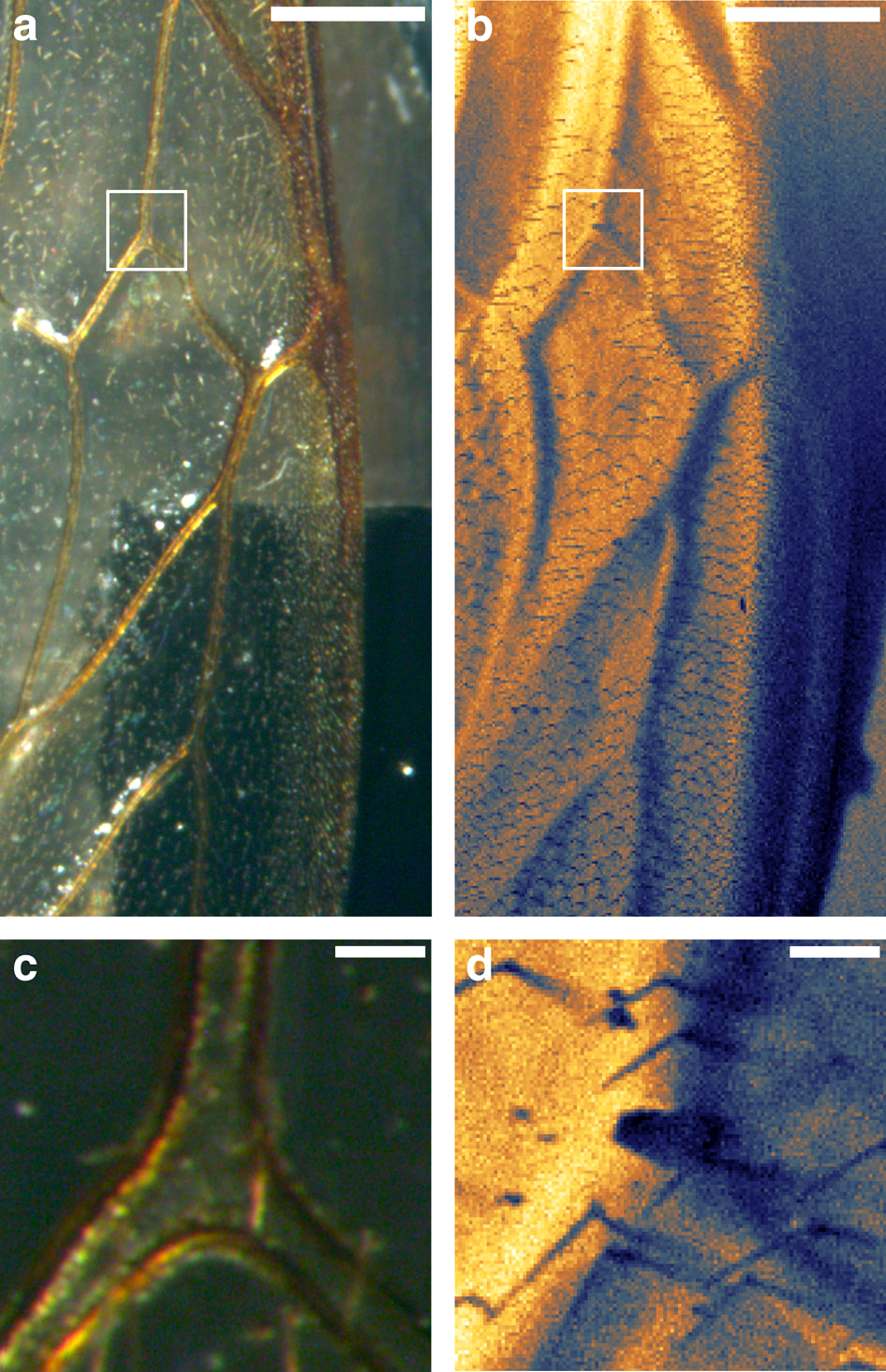Helium microscope making waves
 Australian engineers have unveiled a breakthrough new microscope, two decades in the making, opening up a new window into the scientific world.
Australian engineers have unveiled a breakthrough new microscope, two decades in the making, opening up a new window into the scientific world.
The University of Newcastle’s (UON) new scanning helium microscope (SHeM) uses neutrally-charged helium instead of light.
Light can destroy certain samples due to its electric charge, so using helium allows delicate and light-sensitive materials to be accurately imaged for the first time.
UON’s Professor Paul Dastoor has worked on the device for over twenty years, often in collaboration with researchers from the University of Cambridge.
He says it represents a major breakthrough.
“Delicate structures such as biological samples suffer degradation under existing microscopes, which means the very act of observation destroys or changes the properties of the samples we are trying to study - it’s quite a paradox,” Prof Dastoor said.
“Helium is able to image sensitive structures with zero damage as it is chemically, electrically and magnetically inert, allowing us to now study many surfaces for the very first time.”
The potential applications of the microscope are vast.
For the first time ever, the microscope will offer the ability to study human samples in their true, unmasked state.
“For instance, we’ve already been able to clearly see the actual structure of a membrane because the helium microscope gives detail not previously available,” Prof Dastoor explains.
“A traditional microscope sees straight through a membrane. We’ve been able to look at the actual structure.
“The medical and pharmaceutical applications are very exciting. It will enable a new point of view for things like parasites, cell cultures and bacteria.”
The technology may also offer significant benefits for sustainability and the solar energy industry.
“Under the energetic beams of traditional microscopes, many of the new solar cells suffer degradation or even wholesale destruction,” Prof Dastoor said.
“The new technology allows us to observe and therefore optimise and progress solar cell technology.”
“The microscope also has vital applications for the automotive industry, such as the removal of carbon monoxide from exhaust gases. Additional sustainability applications include the investigation of nanoparticles as a means to clean up toxic or even radioactive spills without harming the surrounding flora or fauna.”
In fact, there may be uses for the helium microscope across many technological fields.
“We all know how fast technology is moving,” Dastoor said.
“Until now experts could not see electrical circuitry whilst it was running. Traditional electron microscopes cannot do that because the electrons put an electrical charge into the sample; changing the way it works. Using this technology we should be able to accurately see electrical circuitry whilst it is running and see clearly where the current is not flowing.”
“As the microarchitecture for integrated circuits continues to become smaller and smaller, thus enabling faster and more powerful electronics, reliable and safe imaging of the produced processors becomes ever more important.”
During the research, Professor Dastoor’s team was amazed to discover that their new microscope could also detect chemical differences - allowing them to distinguish between different materials.
“Incredibly, the microscope detects a unique ‘chemical fingerprint’; allowing us not only to examine the sample at a surface level, but also to know what substance that sample is, for example gold, nickel, platinum and so on,” he said.
“This discovery could be significant for many industries. For example, in the electronics industry the ability to distinguish between apparently similar materials is crucial.
“Excitingly, this technology could enable us to image circuits as they are working.”
Professor Dastoor said the next big step will be to build a desktop version for use in laboratories world-wide.
“A smaller version of the SHeM opens the door to a new commercial Australian technology; allowing other scientists access to its unique imaging capabilities.”
More details are available here.








 Print
Print